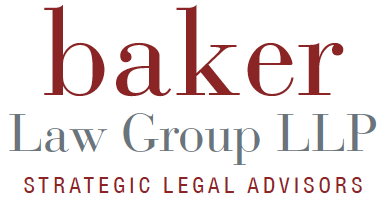When Obesity Discrimination is Illegal Disability Discrimination
In certain California cities, including San Francisco and Santa Cruz, city officials and government contractors cannot discriminate against employees and job applicants based on their weight. In some situations an individual struggling with obesity can file a lawsuit under federal law when an employer or potential employer makes a decision against them based on their weight. However, note that under California law, weight and obesity discrimination is generally not illegal without additional physiological complications.
Protection at the State and Federal Levels
Both federal and California law protects individuals with disabilities or perceived disabilities from discrimination. At the federal level, the Americans with Disabilities Act (ADA) is an anti-discrimination law that defines disability as a condition that substantially limits one or several major life activities. In some cases Obesity might be classifiable as a disability under ADA. The department responsible for implementing ADA, the Equal Employment Opportunities Commission (EEOC), won a settlement against an employer in 2012 after a federal court agreed that obesity impairs major life activities including walking, digesting, and bending. See EEOC v. Resources for Human Dev., Inc., 827 F. Supp. 2d 688, 694 (E.D. La. 2011).
By comparison, California law is generally stricter than federal law. Under California employment discrimination law an employee must also show that if a major life activity is impaired, that the impairment is due to a physiological condition. This means that obesity must result from a physiological disorder to be considered a disability under California law; it must not merely be a condition resulting from an individual’s voluntary action or inaction.
The Importance of Proving Your Physiological Condition
As a result, California courts have been much more reluctant to allow obesity to be claimed as a disability than Federal courts. For example, in the case of Cassista v. Community Foods, Inc, 5 Cal. 4th 1050 (1993) a woman struggling with obesity applied to work at a grocery store. The store rejected her application and told her that they were concerned she would not be able to perform the necessary functions of the job because she was obese. The woman sued the store under California disability law, but the Supreme Court of California held that the woman failed to show that she had an underlying physiological disorder that caused her obesity or that the store believed she had such an underlying disorder.
When employers discriminate against job applicants or employees due to a disability the employer may be subject to liability. If you think you have been discriminated against in any way, find out how to get the justice you deserve by contacting experienced employment lawyer Michelle Baker today. Call (858) 452-0093 now to begin your free case evaluation.





